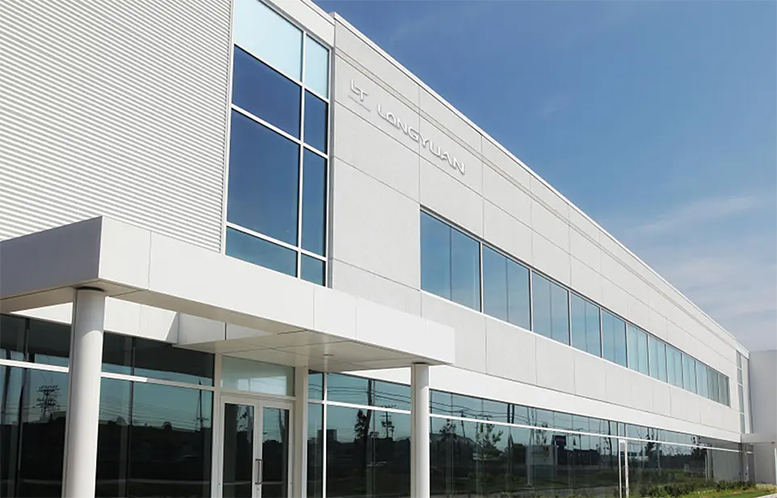
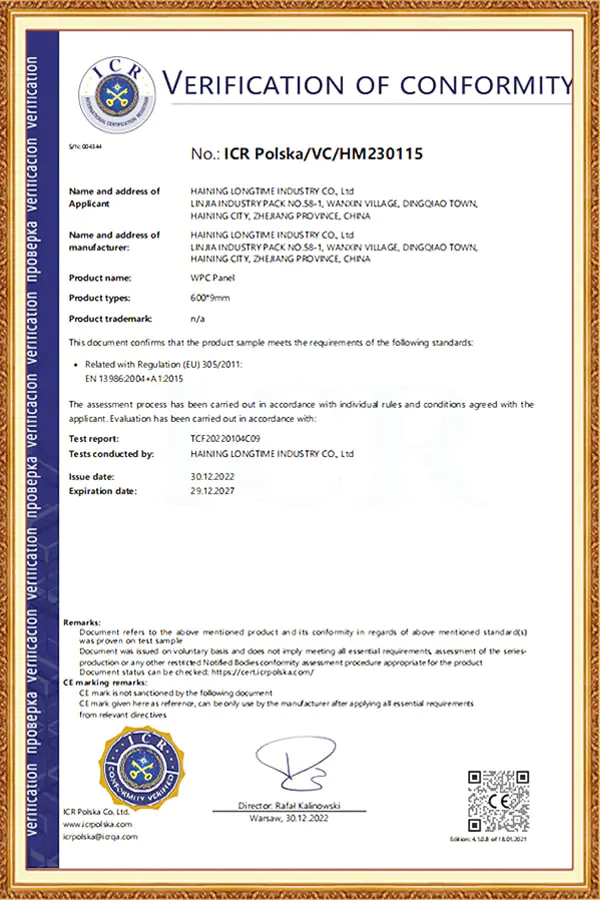
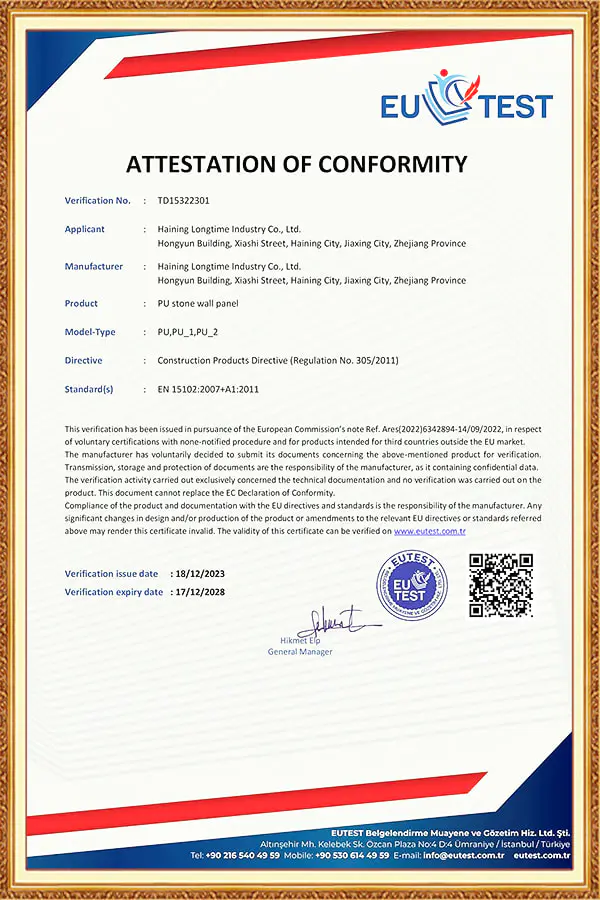
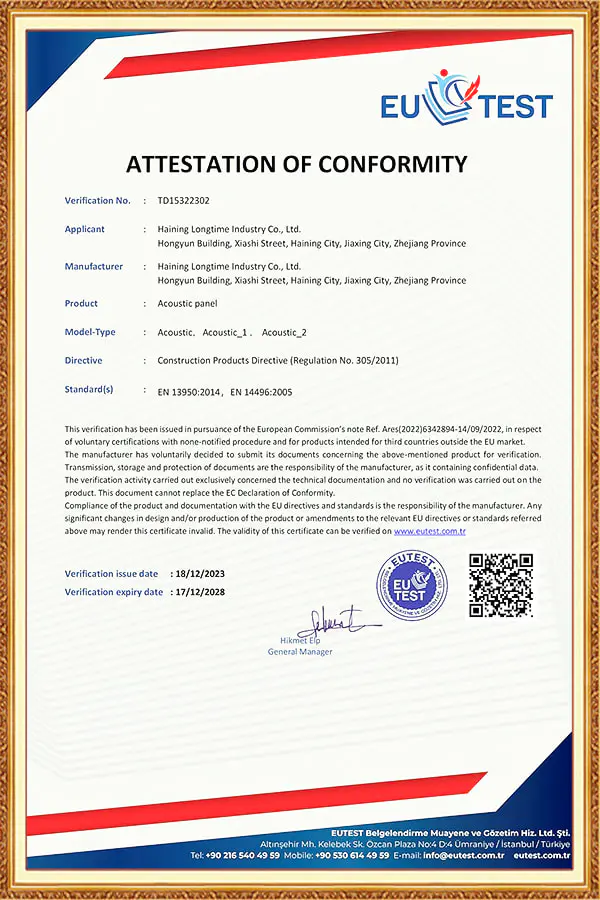
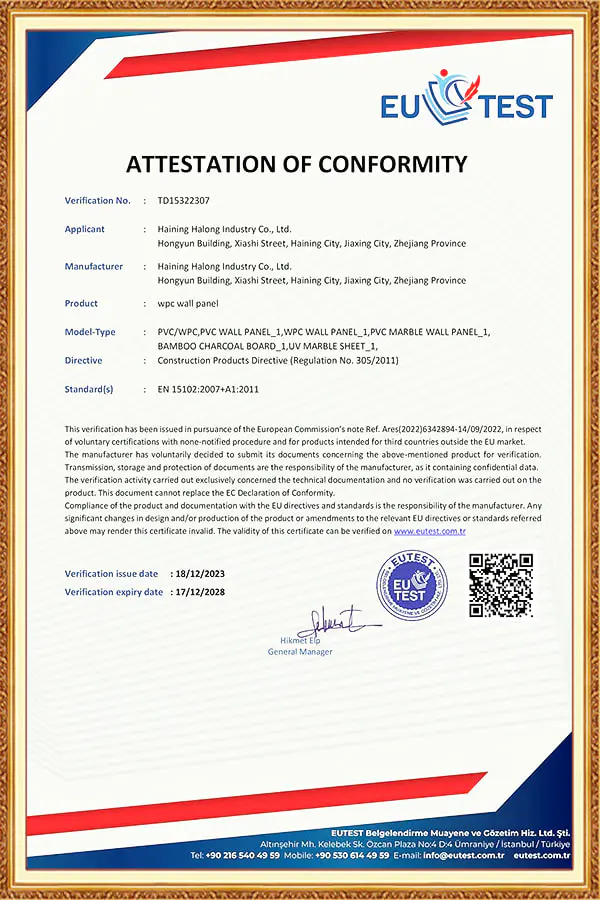
The wood veneer PVC wall panel has become a preferred choice for modern interior design due to its combination of aesthetic appeal, durability, and ease of maintenance. Despite its resilience, prolonged exposure to sunlight, humidity, and everyday wear can lead to fading or discoloration of its surf...
View MoreBamboo charcoal pvc wall panel has emerged as a modern alternative to conventional PVC wall panels, offering unique properties that appeal to both residential and commercial markets. Unlike standard pvc wall panels, which primarily focus on aesthetics and basic protection, bamboo charcoal pvc wall p...
View MoreIntroduction to Core Construction in wpc fence panels When selecting materials for a fencing project, professionals and wholesalers must make informed decisions based on a deep understanding of product characteristics. Among the various specifications for wpc fence panels, the internal core construc...
View MoreArchitectural PVC film is a specialized material that has redefined possibilities in construction and interior design, yet many remain unfamiliar with its core characteristics. Unlike generic PVC products, this film is engineered for surface application, serving both decorative and functional roles. At its core, it is a thermoplastic composite made from polyvinyl chloride resin, blended with plasticizers, stabilizers, and additives to enhance flexibility, durability, and aesthetic versatility.
The production process involves precise extrusion and calendering, creating thin sheets (typically 0.1–0.5mm thick) that can be embossed, printed, or laminated. This manufacturing flexibility allows it to replicate textures of natural materials—from the grain of oak to the veining of marble—while maintaining properties superior to many traditional alternatives. Its chemical structure, characterized by strong carbon-chlorine bonds, grants it resistance to moisture, chemicals, and physical wear, making it suitable for high-demand environments.
The superiority of architectural PVC film lies in its science-backed properties, which address longstanding challenges in building design:
Moisture Resistance: Its non-porous structure prevents water absorption, with a typical 吸水率 of less than 0.1%. This contrasts sharply with wood, which can absorb up to 20% of its weight in water, leading to warping or rot. In humid spaces like bathrooms or kitchens, this resistance eliminates mold growth risks, a critical factor in maintaining indoor air quality.
Durability Under Stress: Laboratory tests show architectural PVC film can withstand 5,000+ cycles of abrasion (per ASTM D4060 standards) without significant surface damage, outperforming paint (1,000–2,000 cycles) or veneers (3,000–4,000 cycles). This makes it ideal for high-traffic areas such as airports, schools, and retail spaces.
UV Stability: Formulated with UV absorbers (e.g., benzotriazoles), it retains color and structural integrity under prolonged sunlight exposure. Accelerated weathering tests (ASTM G154) demonstrate less than 5% color shift after 2,000 hours, compared to 15–20% for unprotected natural stone.
Chemical Resistance: It resists degradation from common cleaning agents, including alcohols and disinfectants, a vital trait for healthcare facilities and commercial kitchens. This durability reduces maintenance costs by 30–40% over a 10-year lifespan compared to traditional surfaces.
Architectural PVC film’s versatility shines across diverse building scenarios, proving its adaptability to varied functional needs:
Residential Interiors: Homeowners benefit from its cost-effectiveness and low maintenance. It adorns kitchen cabinets, wardrobe doors, and wall panels, mimicking expensive materials like teak or travertine at a fraction of the cost. In children’s rooms, its scratch resistance ensures surfaces remain intact despite daily use.
Commercial Spaces: Retail stores use custom-printed PVC film to create brand-aligned interiors, with digital printing technologies enabling intricate logos or patterns. Hotels utilize fire-retardant variants (meeting UL 94 V-0 standards) for wall coverings, balancing safety with design consistency across lobbies and guest rooms.
Healthcare Facilities: Antimicrobial PVC film, infused with silver ions, inhibits 99.9% of bacteria growth (per JIS Z 2801 tests), making it a staple in hospitals. Its seamless application reduces germ-harboring crevices, supporting infection control protocols.
Exterior Cladding: UV-stabilized films applied to metal or concrete facades replicate the look of brick, stone, or wood while reducing structural load. A 2023 case study of a 15-story office building showed exterior PVC film cladding cut installation time by 40% compared to natural stone, with 70% lower material costs.
Technological advancements continue to expand the material’s capabilities, addressing environmental concerns and unlocking new applications:
Eco-Friendly Formulations: Modern PVC films replace phthalate plasticizers with non-toxic alternatives like citrates, meeting EU REACH and US EPA standards. Manufacturers now offer 100% recyclable variants, with some brands achieving closed-loop recycling where old films are repurposed into new ones.
Smart Integration: Research into conductive PVC films, embedded with carbon nanotubes, enables heating elements for wall panels, providing energy-efficient space heating. Photochromic variants, which adjust transparency based on light intensity, are being tested for smart windows, reducing reliance on artificial lighting.
3D Texturing: Advanced embossing techniques create micro-scale textures that mimic natural materials with unprecedented accuracy. A 2024 study in Building Materials and Structures found that 92% of participants could not distinguish between high-quality wood-grain PVC film and real wood in blind tests.
While architectural PVC film offers numerous benefits, its effectiveness depends on proper selection and installation. Factors like substrate compatibility (wood, metal, or drywall), environmental conditions (humidity, UV exposure), and adhesive type must be carefully matched. For example, exterior applications require pressure-sensitive adhesives with temperature resistance up to 80°C, while interior use may utilize repositionable adhesives for easier installation.
Companies with deep material science expertise play a crucial role in guiding these decisions. Haining Longtime Industry Co., Ltd., for instance, provides technical insights into matching film properties with project requirements, ensuring longevity and performance. Their research into substrate-film bonding has helped resolve common issues like peeling or bubbling, particularly in high-moisture environments.
Architectural PVC film has transitioned from a niche product to a mainstream solution, driven by its scientific advantages and evolving capabilities. Its ability to balance aesthetics, durability, and cost-efficiency addresses the core demands of modern construction—sustainability, functionality, and design flexibility.
As innovations like biodegradable formulations and smart functionalities mature, its role will expand further. For architects, contractors, and homeowners, understanding its properties and applications is key to leveraging its full potential. In an industry increasingly focused on efficiency and resilience, architectural PVC film stands out as a material that doesn’t just meet current needs but anticipates future ones.